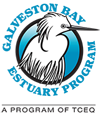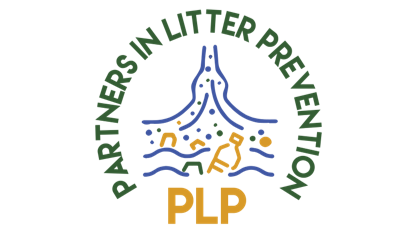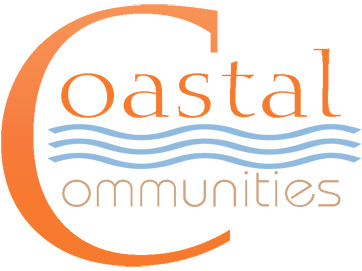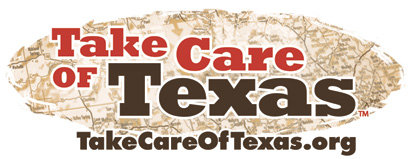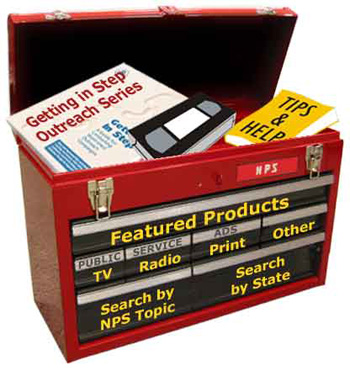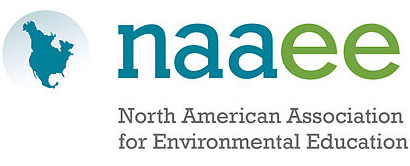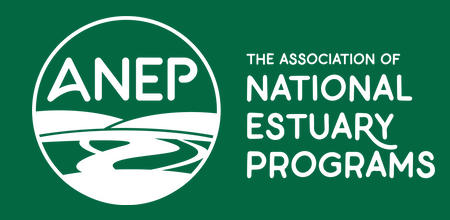Community education, outreach, and engagement are essential to increasing awareness of the Galveston Bay Estuary System and inspiring others to become more involved in the health of their bay. The Galveston Bay Estuary Program (GBEP) supports these actions through a variety of programs that provide information and resources to community members, stakeholders, and visitors to the region.
EDUCATIONAL RESOURCES
Back the Bay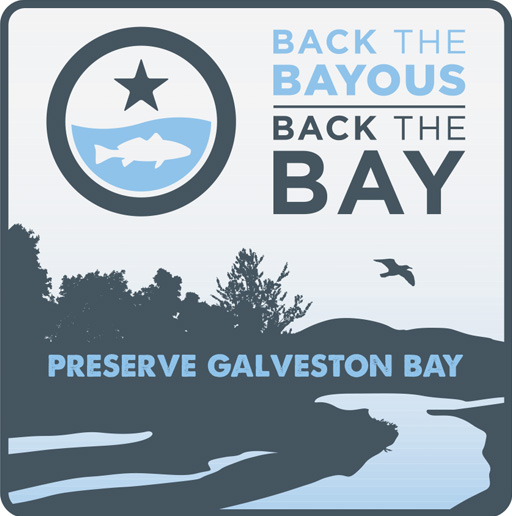 – Back the Bay is a community resource program managed by GBEP that aims to improve the environmental quality of Galveston Bay by increasing awareness and connection to our natural resources. This resource website contains a directory of stakeholder and partnering organizations, projects and people who are actively working to address environmental concerns, and tips and suggestions for the public, all of which in their own way Back the Bay. When we all do our part to Back the Bay, we can together significantly improve the natural resources that we rely on. After all, we are more connected to Galveston Bay than we realize. https://backthebay.org.
– Back the Bay is a community resource program managed by GBEP that aims to improve the environmental quality of Galveston Bay by increasing awareness and connection to our natural resources. This resource website contains a directory of stakeholder and partnering organizations, projects and people who are actively working to address environmental concerns, and tips and suggestions for the public, all of which in their own way Back the Bay. When we all do our part to Back the Bay, we can together significantly improve the natural resources that we rely on. After all, we are more connected to Galveston Bay than we realize. https://backthebay.org.
Galveston Bay Regional Monitoring Database (RMD) – The RMD is an interactive portal that provides quality-assured data related to conservation and management of the Galveston Bay system. https://galvbaydata.org.
Project Reports – GBEP provides state and federal funds to projects that implement the Galveston Bay Plan. The final reports of these projects are available on the GBEP website as a free resource. Project reports are placed on the website for download as soon as they are available after the completion of the project. https://gbep.texas.gov/completed-projects/.
State of the Bay – The State of the Bay, 4th Edition (State of the Bay) is sponsored by GBEP as a resource for historical context and up-to-date analysis of the conditions in and around Galveston Bay. https://www.stateofgalvbay.org
EDUCATIONAL PROGRAMS
GBEP staff are available to provide educational programs related to Galveston Bay and the surrounding watershed to groups throughout the region. Whether for a school, civic group, or conservation organization, staff can provide a thorough and informative program appropriate for all ages.
Topics include:
- What is GBEP; What does GBEP do; Why is the work GBEP does important; How does GBEPs work impact the region?
- What is an estuary; What is a watershed; Why are they important?
- The issues and impacts of marine debris.
- The various ecosystems found throughout the Galveston Bay watershed.
COMMUNITY OUTREACH EVENTS
Are you hosting a community event and interested in providing your visitors more information on Galveston Bay, local ecosystems, watersheds, and how they are connected to Galveston Bay? GBEP staff is available to host outreach booths at events throughout the region.
Educational Programs and Outreach Booths are available based on staff availability. For more information on these programs and other education and outreach opportunities, please contact GBEP at GBEP@tceq.texas.gov for more information or to request a presentation or booth.
GBEP also supports ongoing stewardship opportunities that ensure greater public interest in the bay. People are more likely to engage in protecting and preserving the estuary when they understand and feel connected to their environment. Stewardship is encouraged through voluntary regional efforts. GBEP connects existing stakeholders and partners through strategic outreach that lets people know they have an interest in protecting and preserving the Galveston Bay watershed.
Current GBEP Projects – Information on projects that GBEP is currently work on is available at https://gbep.texas.gov/current-projects/.
LOCAL AND REGIONAL PARTNER PROGRAMS
The Partners In Litter Prevention envision a region free from trash and plastic pollution that impacts our bayous, lakes and rivers that lead to Galveston Bay.
We bring together organizations, agencies, and other stakeholders from across the Houston-Galveston region to…
• Conduct research & needs assessment
• Prevent land & water-based debris
• Remove aquatic litter & marine debris
The Coastal Communities Residential Outreach Project by the Houston-Galveston Area Council (H-GAC) supports outreach for existing water-based plans such as Total Maximum Daily Load Implementation Plans, Watershed Protection Plans, and other water quality projects in the region. The project aims to target communities without MS4 permits in four coastal counties – Matagorda, Brazoria, Galveston, and Chambers. The goals are to work with residents to change habits associated with pet waste; fats, oils, and grease; litter and illegal dumping abatement; and on-site sewage system maintenance.
STATEWIDE PARTNER PROGRAMS
Take Care of Texas is a statewide campaign from the Texas Commission on Environmental Quality that provides materials ranging from general information about environmental programs to specific, step-by-step instructions that address common environmental situations.
This campaign raises awareness of how each of us can make our state a better place to live, work, and play. Everyone’s first step to Take Care of Texas is to learn about ways to get involved. Explore the website to find simple ways to Take Care of Texas in your daily life, order free publications and educational materials for kids and adults, and get involved in the Take Care of Texas community.
The Texas Association for Environmental Education (TAEE) serves all regions of the Texas community by increasing the effectiveness of environmental education. TAEE is dedicated to supporting and promoting quality environmental education opportunities by facilitating communication, coordination and professional development among the varied EE programs in the state. During the last 30 years, TAEE has grown and is proud to be the Texas state affiliate of North American Association for Environmental Education (NAAEE).
NATIONAL PARTNER PROGRAMS
The Nonpoint Source Outreach Toolbox is intended for use by state and local agencies and other organizations interested in educating the public on nonpoint source pollution or stormwater runoff. The Toolbox contains a variety of resources to help develop an effective and targeted outreach campaign.
The National Oceanic and Atmospheric Administration’s Marine Debris Program and its partners offer free, downloadable, education and outreach materials for people of all ages to learn about marine debris. Everyone has a role to play in raising awareness about the problem, including educators, parents, friends, youth leaders, non-profits, corporations, and industry.
Through signature programs, advocacy, conferences, and other activities, the North American Association for Environmental Education works with partners across North America and beyond, to advance their mission of accelerating environmental literacy and civic engagement to create a more sustainable future.
The Association of National Estuary Programs (ANEP) is a 501(c)(3) nonprofit driven by its mission to unite and support organizations within the National Estuary Program. Spanning 29 states and Puerto Rico, the program’s place-based network protects and manages 28 U.S. estuaries of national significance and has restored over 2.5 million acres of coastal habitat since 1987.
